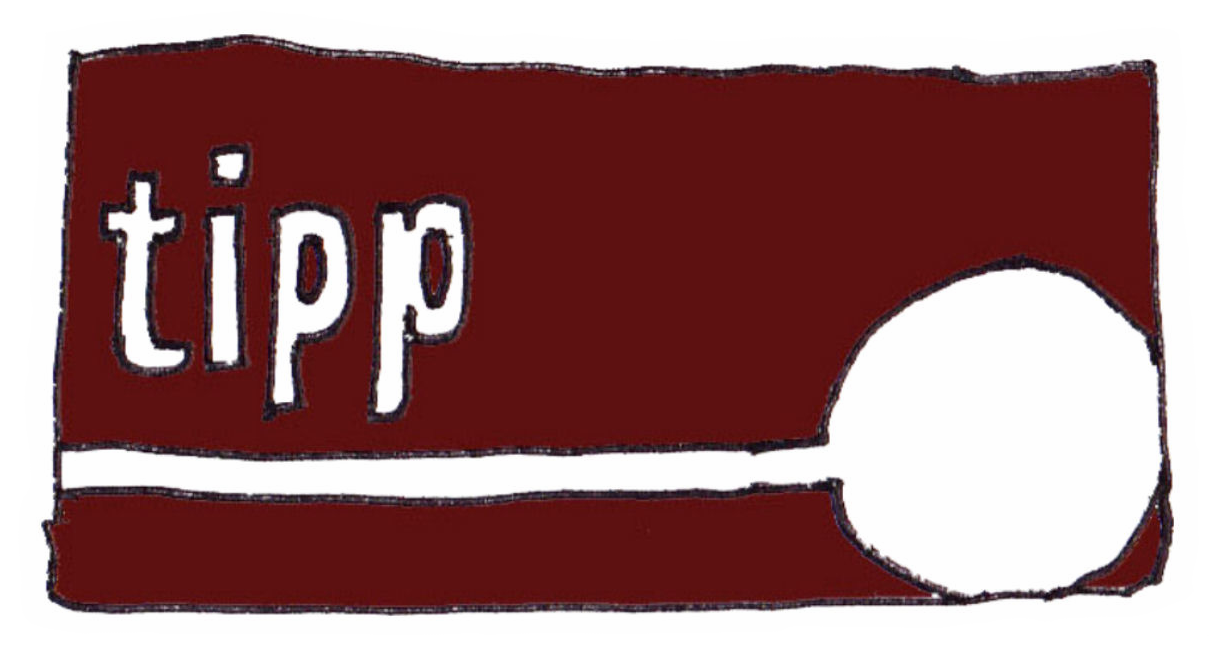Taking Stock of the Field: 50 Years of Performance and Prison
There has been little attention paid to the histories and historicisation of performance in carceral contexts. Taking as its starting point the formation of Stirrabout Theatre in 1974, Taking Stock of the Field is a gathering of practitioners, scholars, prison staff, and people with lived experience of the criminal justice system to reflect on the practices, politics and practicalities of making performance in the criminal justice system over the last 50 years in Britain. We believe taking the opportunity to looking to the past will be valuable for those who will shape the future of the field.
Taking Stock of the Field is a part of Staging Justice, a two-year AHRC Research, Development and Engagement Fellowship that critically explores the landscape of theatre practices in the criminal legal system in the UK, paying particular attention to the work of Rideout (Creative Arts for Rehabilitation). You can read more about Staging Justice here.
The Programme
16 June: HMP Buckley Hall
A performance sharing about personal history, community and ice cream parlours
Q+ A and discussion with TiPP and performers
17 June: University of Manchester
9.45-10.00 Introduction: Simon Ruding, Sarah Bartley, Saul Hewish
10.00-11.10 Theatre, Criminal Justice, and the Changing Political and Cultural landscape in Britain
John Bergman, Jenny Hughes, Jason York, and Sarah Bartley
Chair: Saul Hewish
This first panel considers the fifty years of performance in prison that is the focus of the wider event. Contributors explore some of the key shifts in practices, policy, research, and evaluation in relation to theatre and criminal justice in Britain from the 1980s through to the present day. Additionally, there will be a consideration of what beginning to historicising the work of the field does.
11.10-11.40 Letters Exercise
11.40-11.50 BREAK
11.50 -13.00 Making Our Work Public and Media Treatment of Theatre in the Criminal Justice System
Saul Hewish, Keith Palmer, Jason Warr, Esther Baker
Chair: Caoimhe McAvinchey
Narratives are important for all theatremakers, but beyond the performances we create competing narratives of arts in the criminal justice system have shaped the field and the ways in which it is understood. Contributors for this panel have been invited to consider how performance in the criminal justice system has been treated by the media and the impact of this on the public narratives of our work. In addition, this panel will consider what responsibility we have in our work to address audiences who do not come into contact with justice system and challenge skewed narratives of criminalisation in public discourse.
13.00-14.00 LUNCH
14.00-14.30: Zine exercise
14.30-15.40 The Field - Artists and Academics in Dialogue
Caoimhe McAvinchey and Anna Herrmann
Aylwyn Walsh and Dalton Harrison
Steve Scott Bottoms and Andy Watson
Chair: Jenny Hughes
This panel explores the relationship between research and practice in arts and criminal justice work. How does knowledge pass from practice to research and vice versa and what is the significance of the academy in our field of practice? How has the solidifying of an academic field of study around arts and criminal justice impacted practices in this work? In what ways might the academy foster meaningful collaborations between artists and academics, as well as make room for artist-academics/scholar-artists? This panel is a series of dialogues between artists and researchers who have worked collaboratively across practice and research.
15.30-15.45 BREAK
15.45-16.55 Cultivating New Approaches and Understanding Orthodoxies in Performance and Criminal Justice
Jess Thorpe, Shona Babayemi, Tony Cealy, and Simon Ruding
Chair: Aylwyn Walsh
This panel invites speakers to reflect on the ways in which they are experimenting with new approaches in the field and/or areas of the field they feel have become firmly established or “go to” methodologies in our work. What are the established methods in performance in the criminal justice system that we pass on to new practitioners and how do we communicate them? Where do new artists, practices, and strategies come from in our field and how can we support them to emerge?
16.55-17.15 Endings





